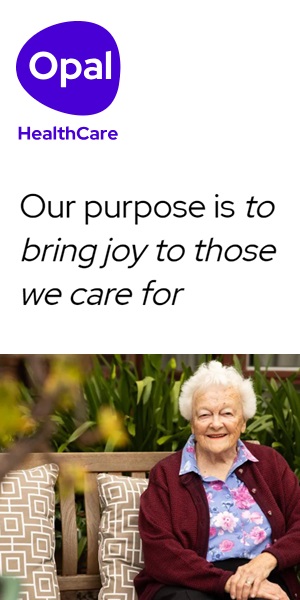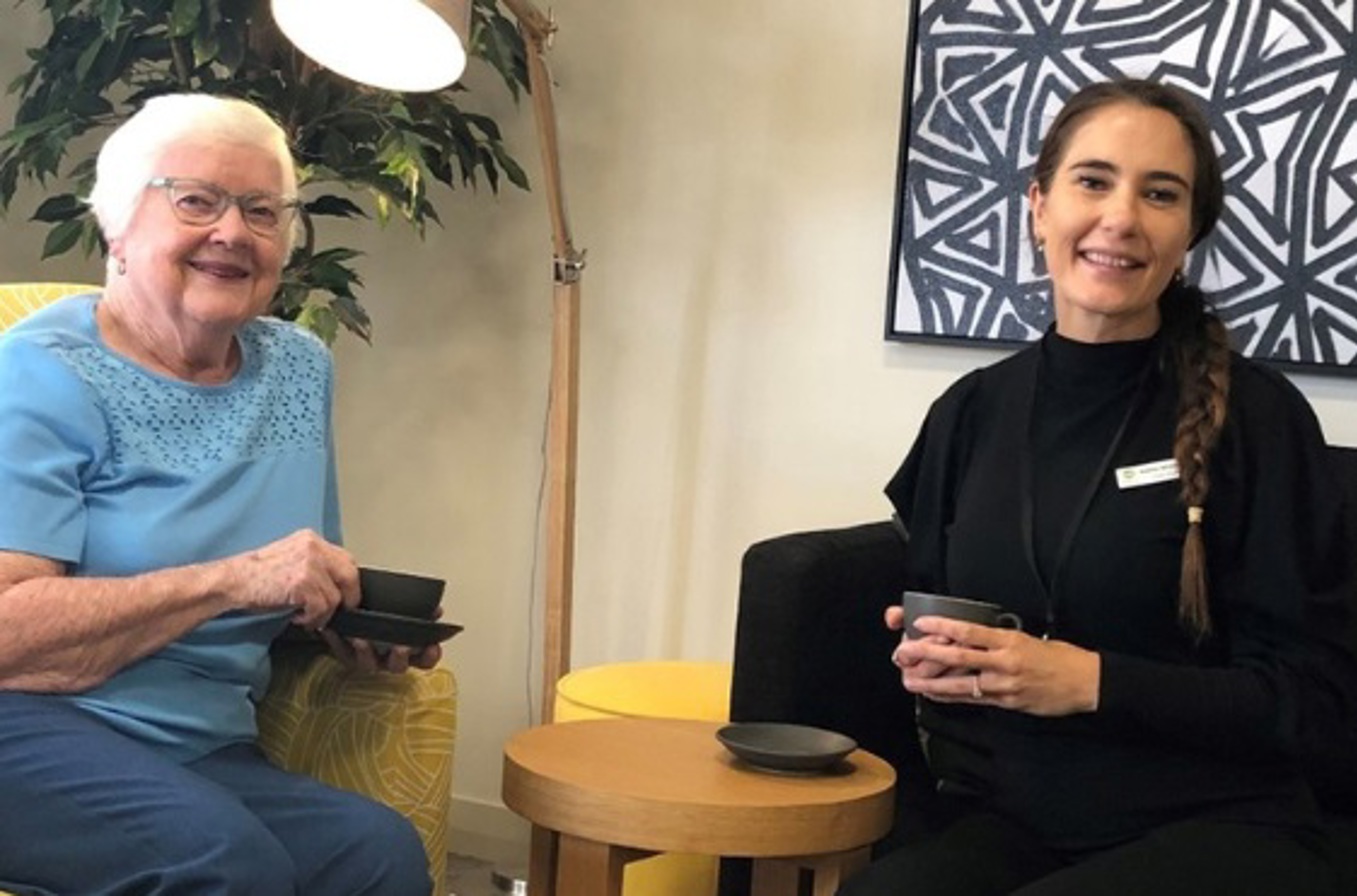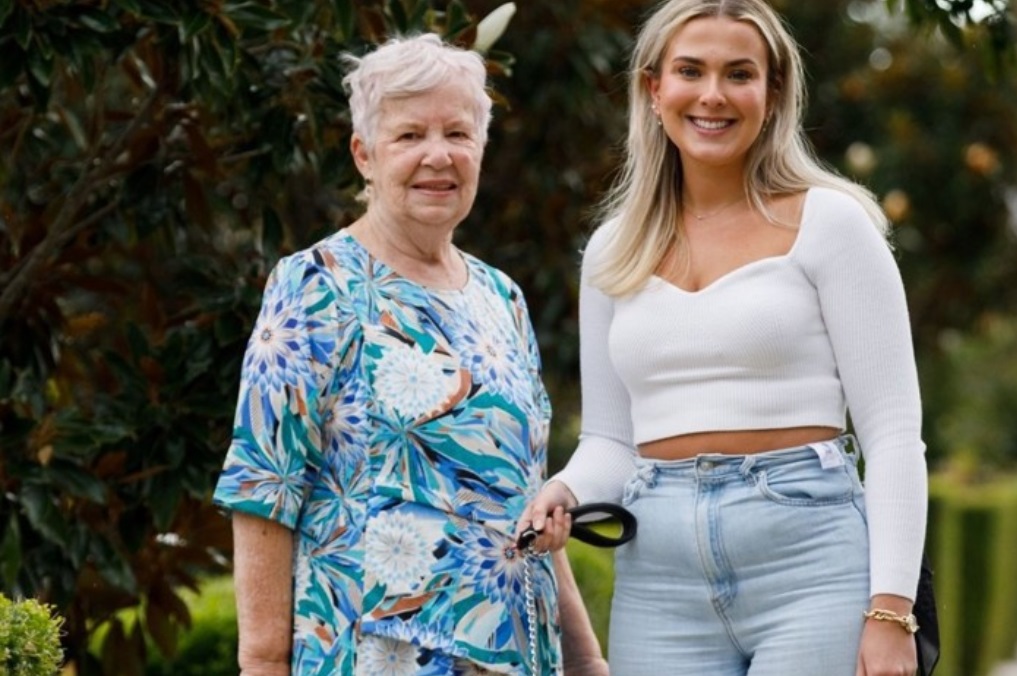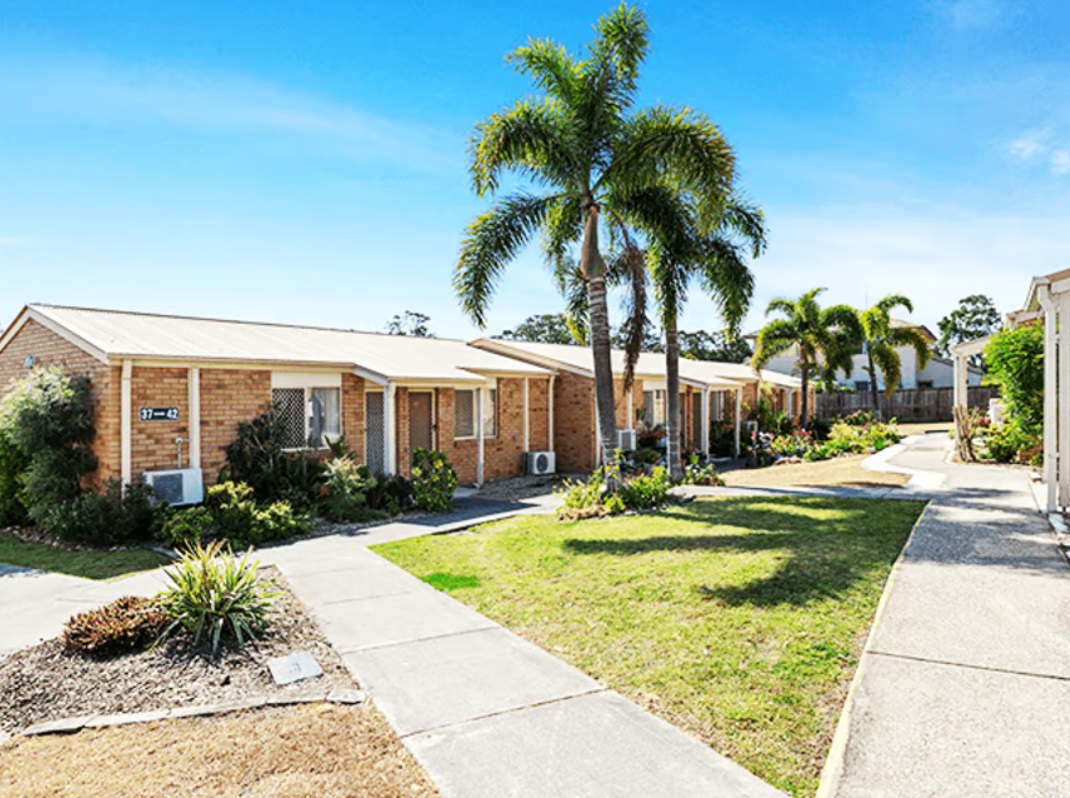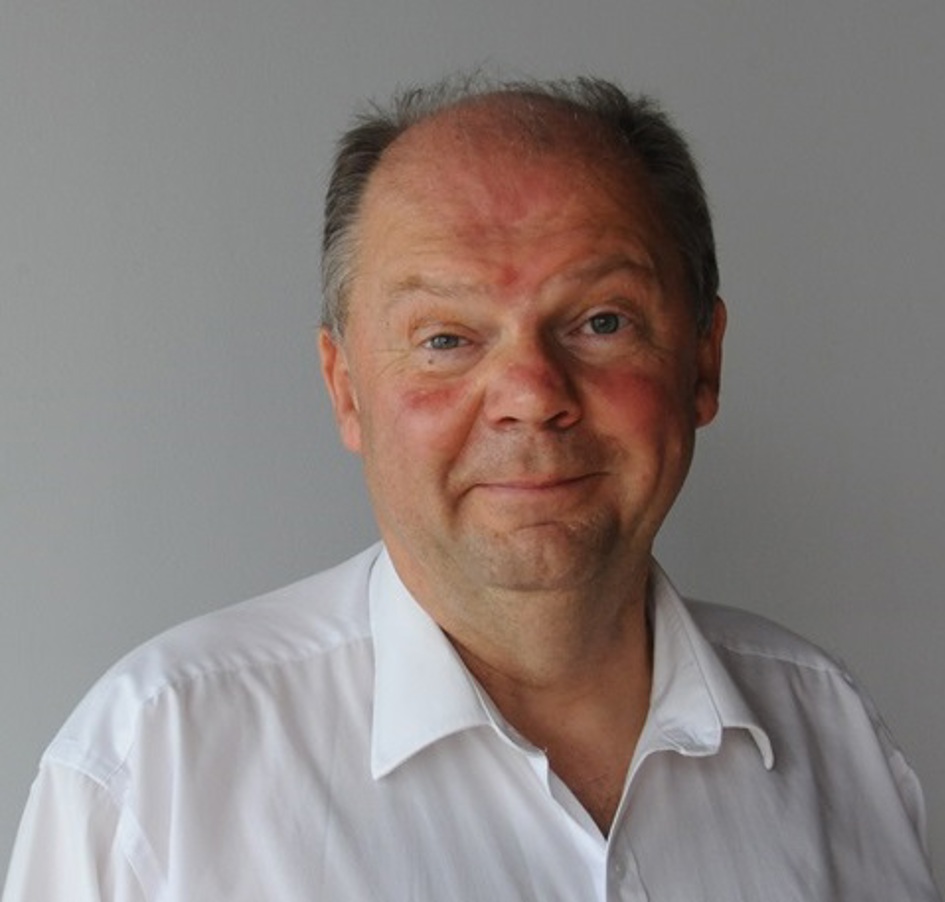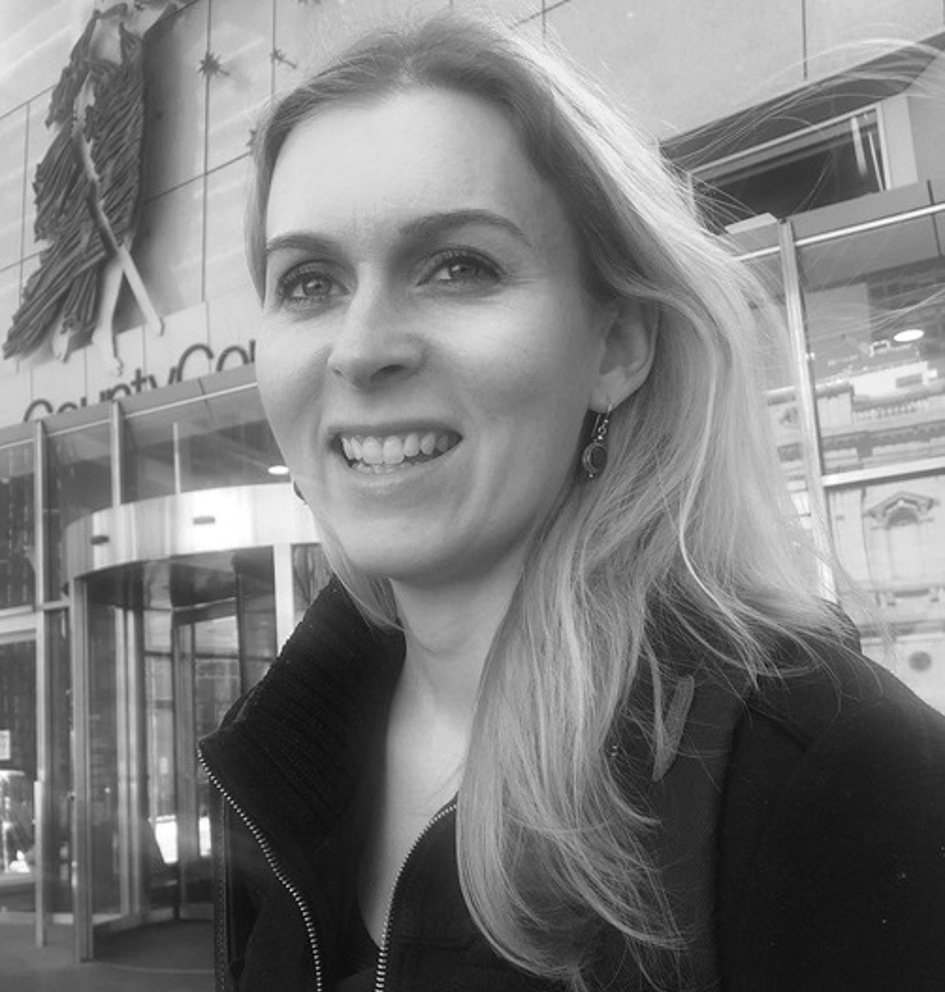Important updates to the Support at Home Program: what you need to know

The Department of Health and Aged Care has released new details about the Support at Home program, which is set to replace the Home Care Packages (HCP) program starting on 1 July 2025.
This new program aims to create a simpler, more flexible, and person-centred approach to in-home aged care, responding to recommendations from the Royal Commission into Aged Care Quality and Safety.
Key changes you need to know
- A new classification system: The Support at Home program will introduce a new classification system with eight funding levels, replacing the current four levels under Home Care Packages. This change is designed to provide more tailored and flexible funding for those needing home care.

- New short-term support pathways: For individuals who need short-term assistance, new funding options will be available:
- Restorative Care pathway: Up to $12,000 over 12 weeks to support recovery and rehabilitation.
- End-of-Life pathway: Up to $25,000 over 12 weeks for palliative care and specialised support.
- Assistive Technology and Home Modifications: New funding options to assist with mobility aids, home adjustments, and essential equipment.
- Quarterly budgets: Instead of an annual funding model, budgets will now be allocated on a quarterly basis.
- Budgets will be reviewed periodically to ensure that participants are receiving the right amount of care.
- Unused funds can be rolled over into the next quarter, but they cannot be banked indefinitely, ensuring care services stay active and aligned with changing needs.
- Price caps on services: One of the key changes to the program is the introduction of price caps for services, set to begin on 1 July 2026.
- From 1 July 2025, providers can continue to set their own prices, similar to the current Home Care Packages program.
- From 1 July 2026, price caps will be introduced to ensure fair pricing and prevent excessive charges.
- The program will also ban hidden fees, such as entry, exit, or administrative charges, and ensure no participant is financially worse off when transitioning to the new system.
- Lifetime co-contribution cap: To ensure the affordability of long-term care, the lifetime co-contribution will be capped at $130,000.
What this means for current Home Care Package clients
For those already receiving care through the Home Care Packages program, here’s what to expect:
- Continued care: You will continue receiving care without interruption, as current Home Care Package recipients will gradually transition to the new Support at Home program.
- Possible funding adjustments: You may be reassessed using the new classification system to ensure that your funding level aligns with your care needs.
- Indicative budget amounts: Here’s a look at the indicative quarterly and annual budget for Home Care Package recipients transitioning to the new program:

If you are receiving home care, your provider should be in touch soon to discuss any changes and transition to a new service agreement in preparation for the Program’s full rollout on 1 July 2025.
